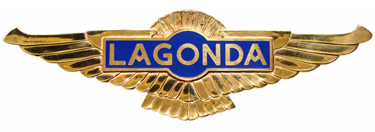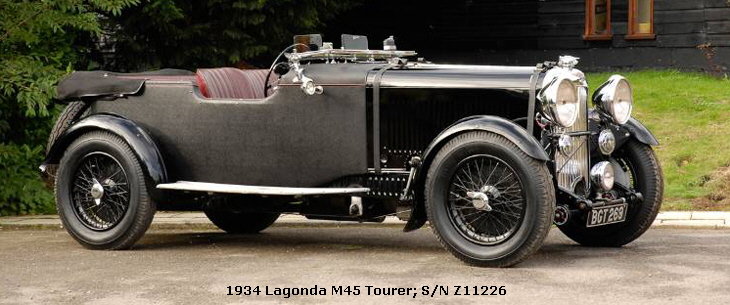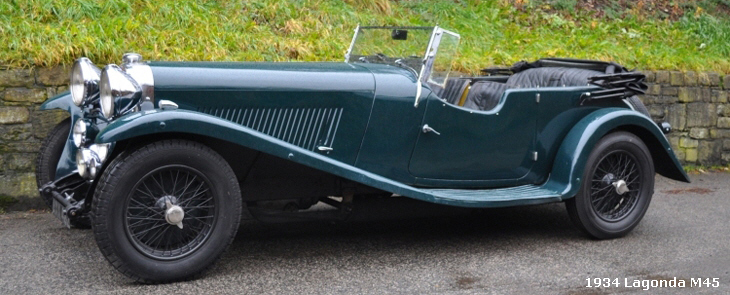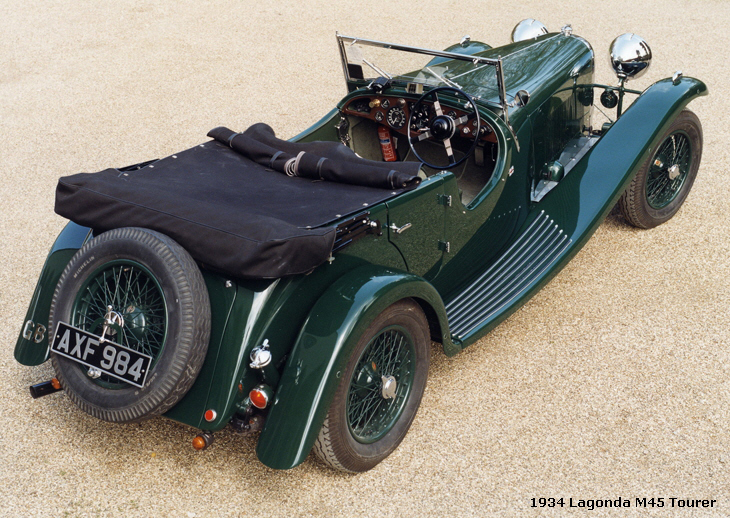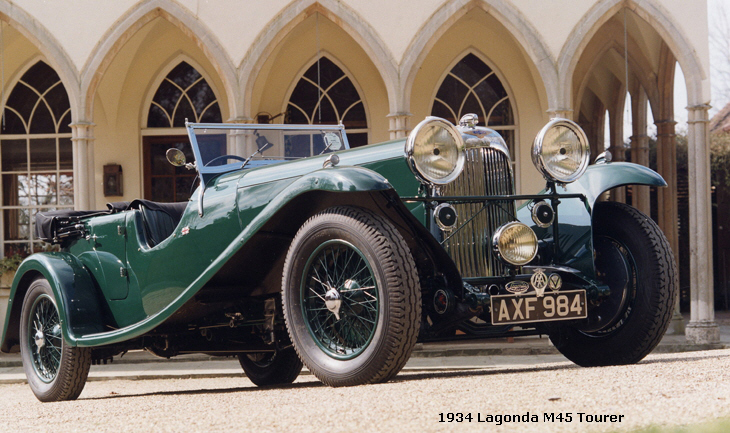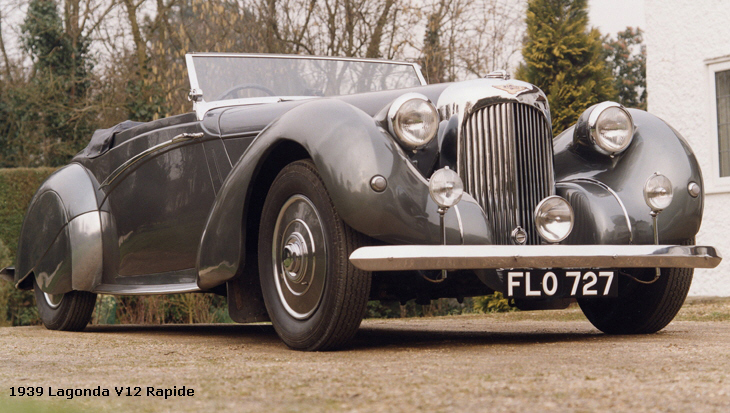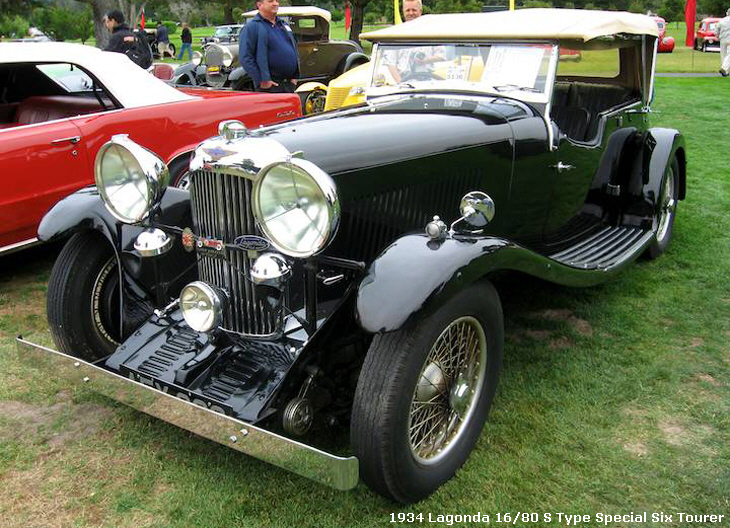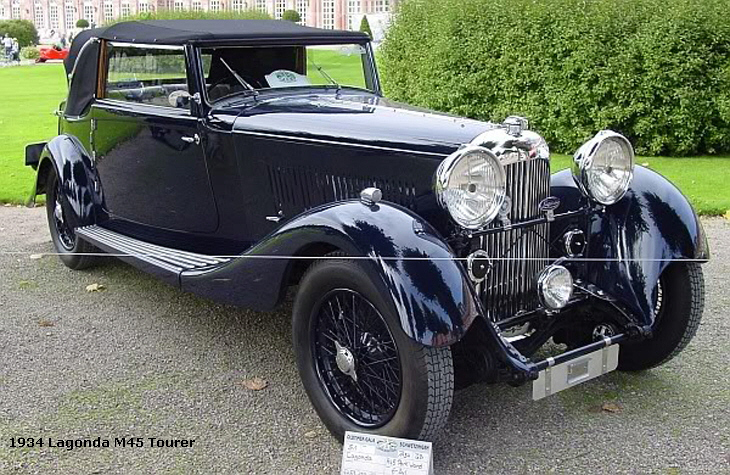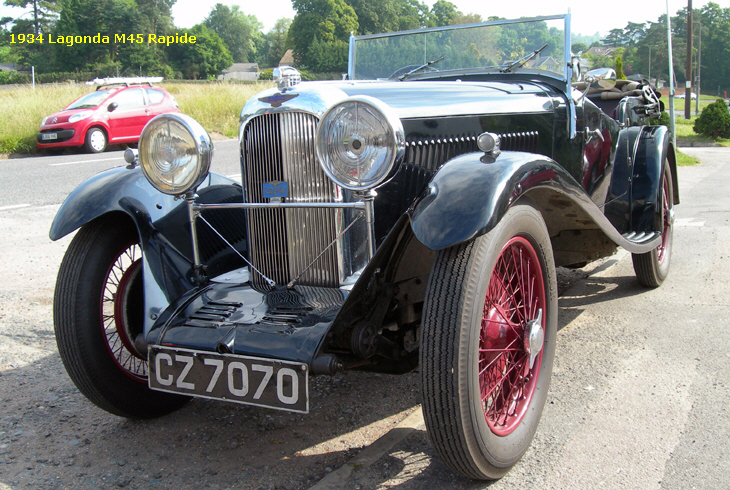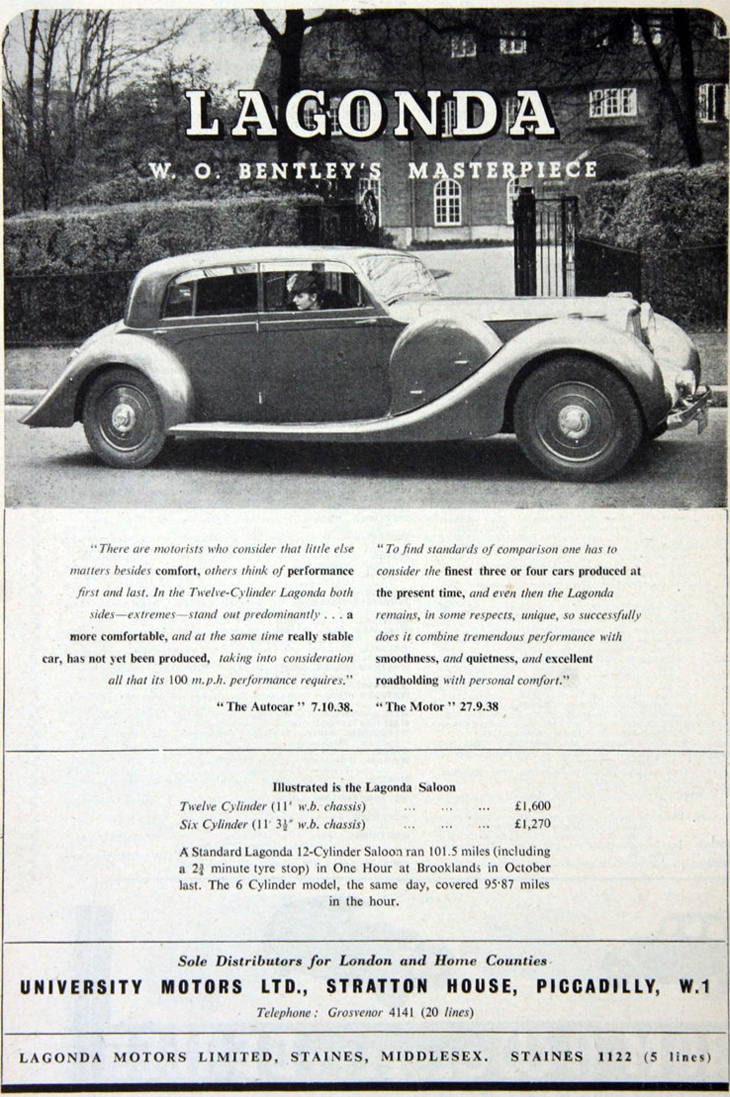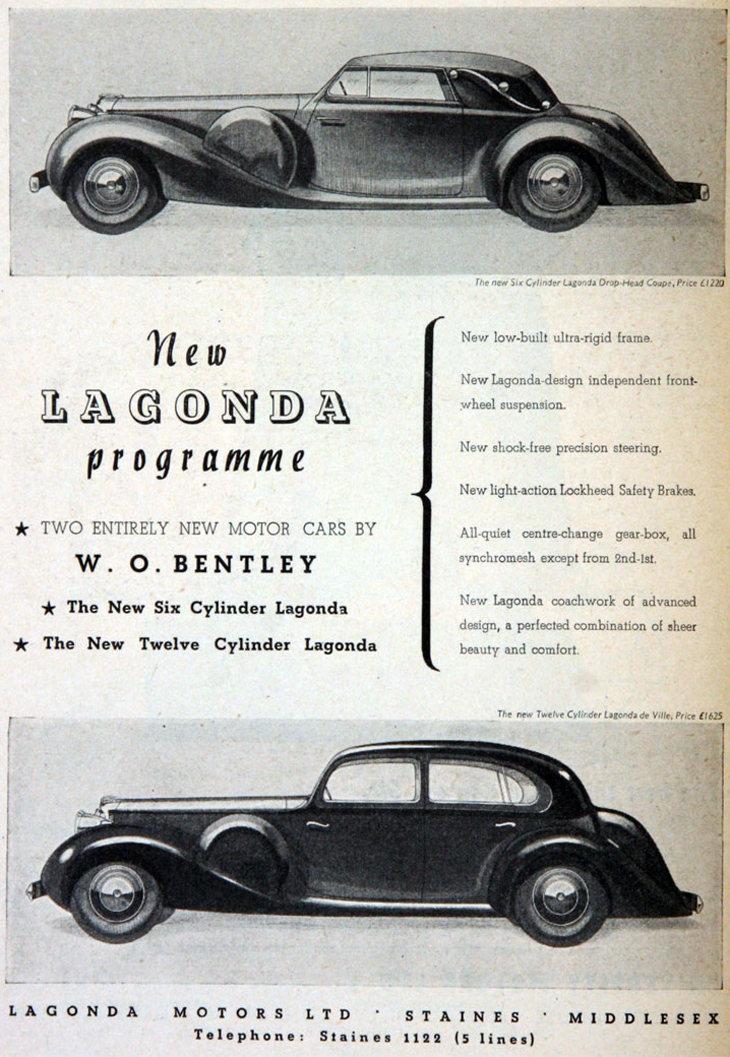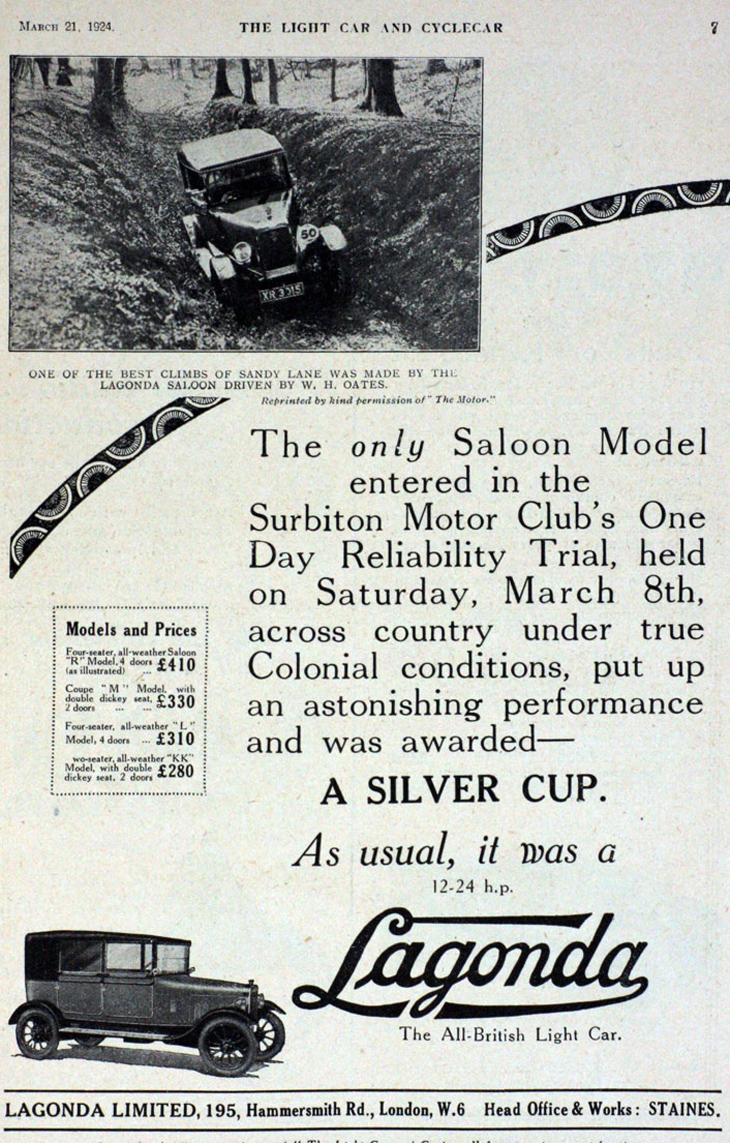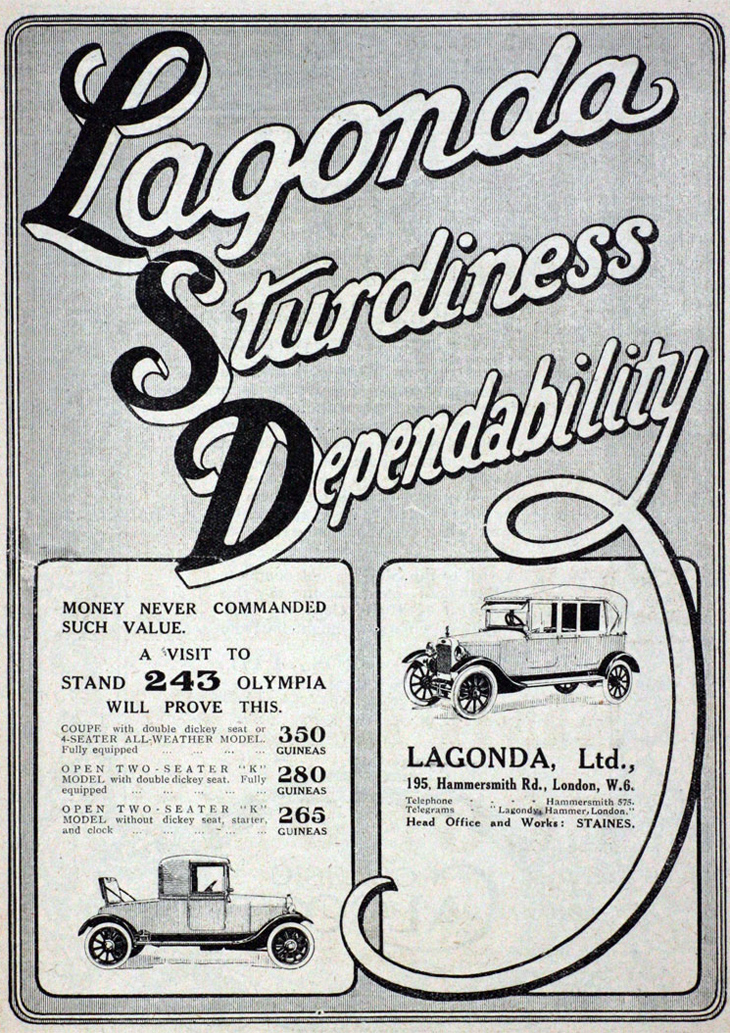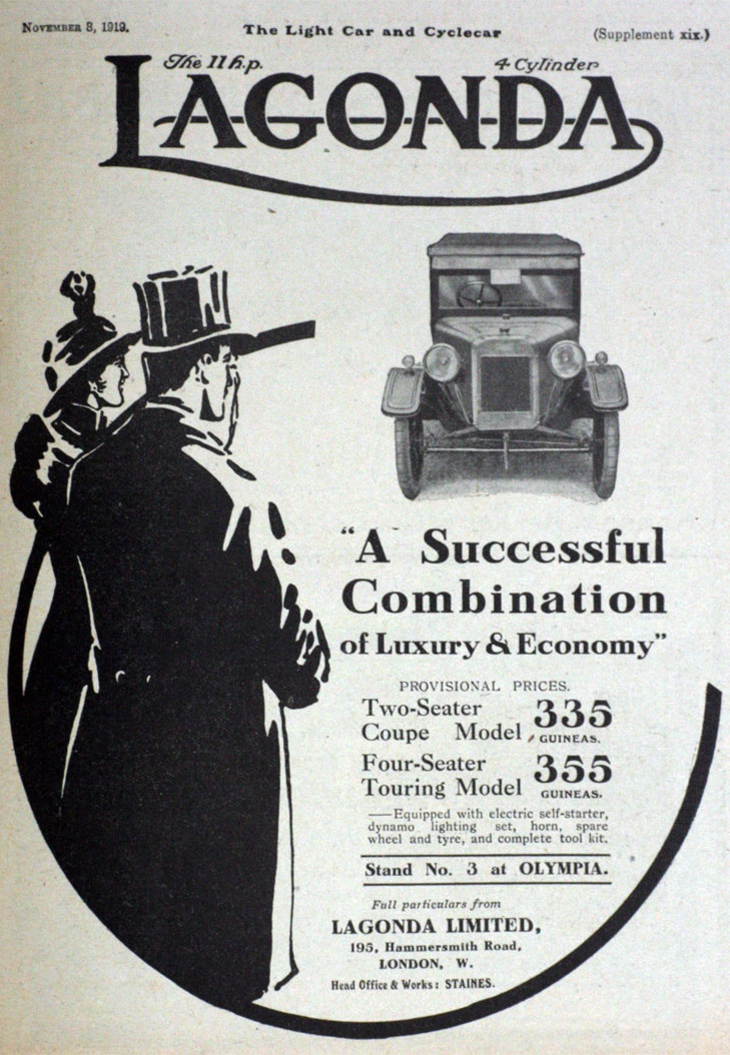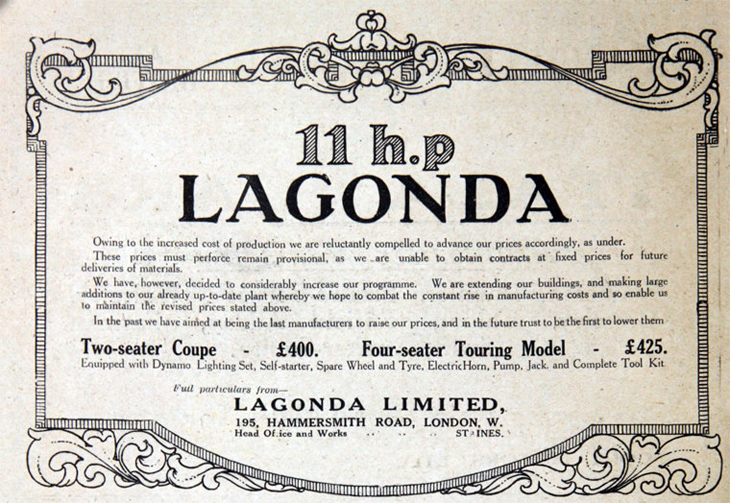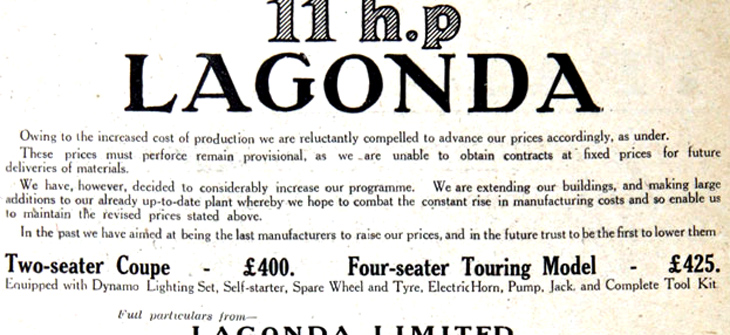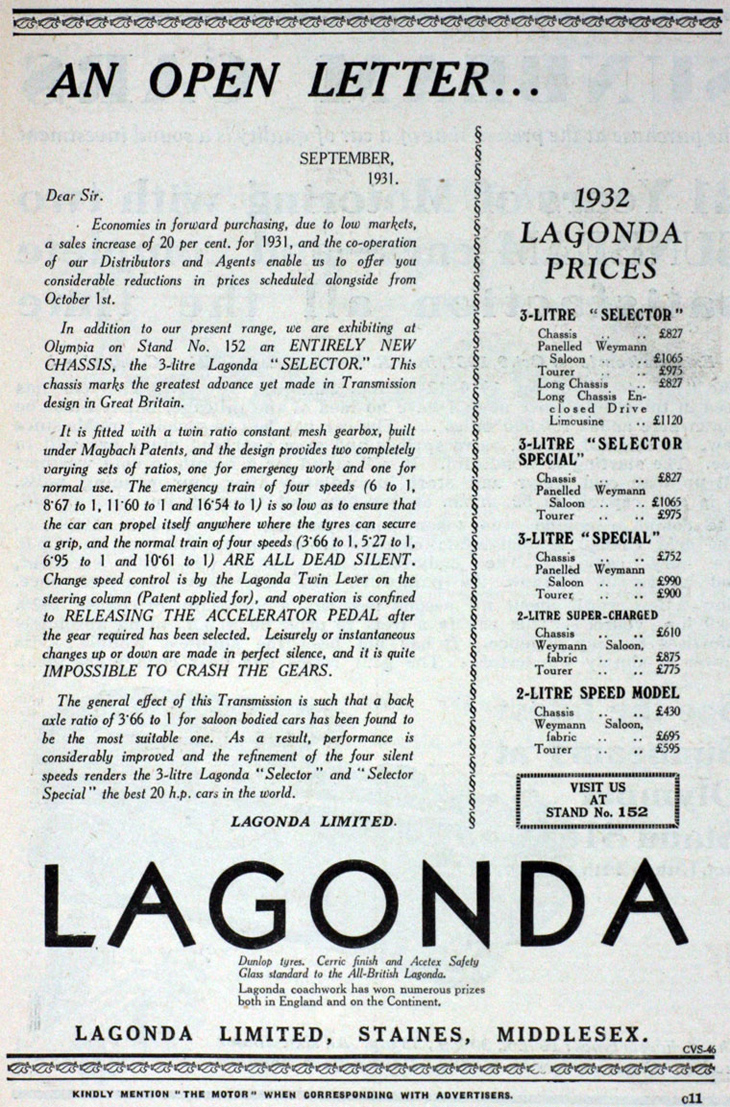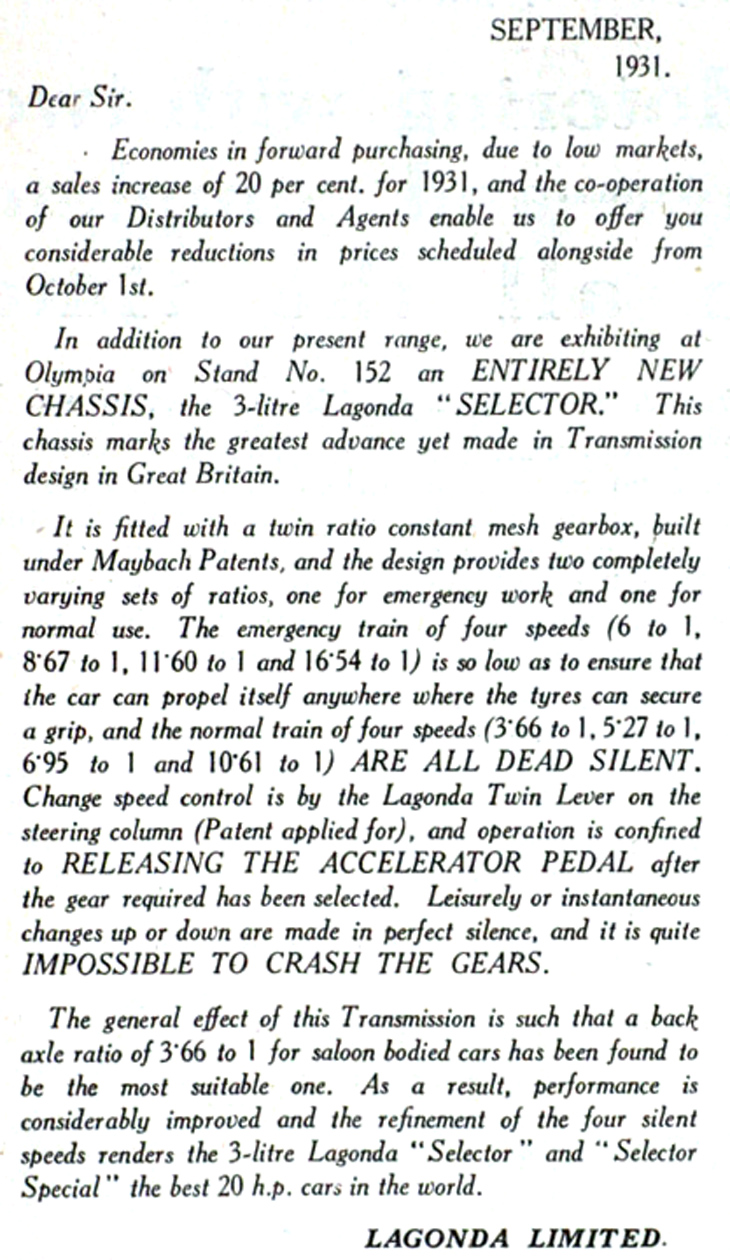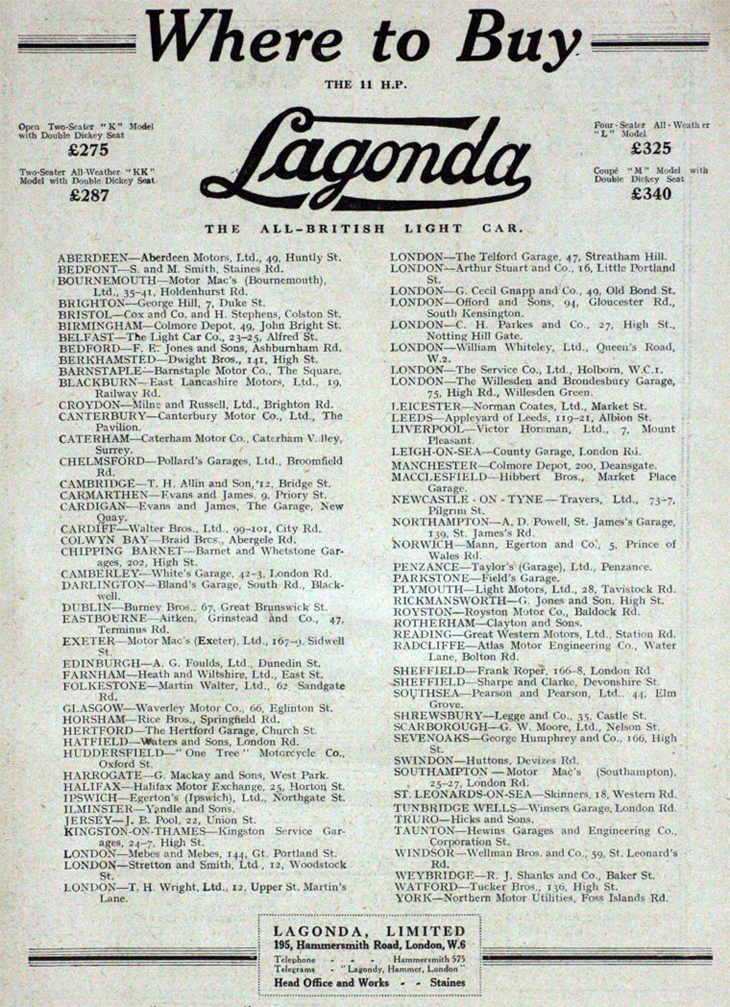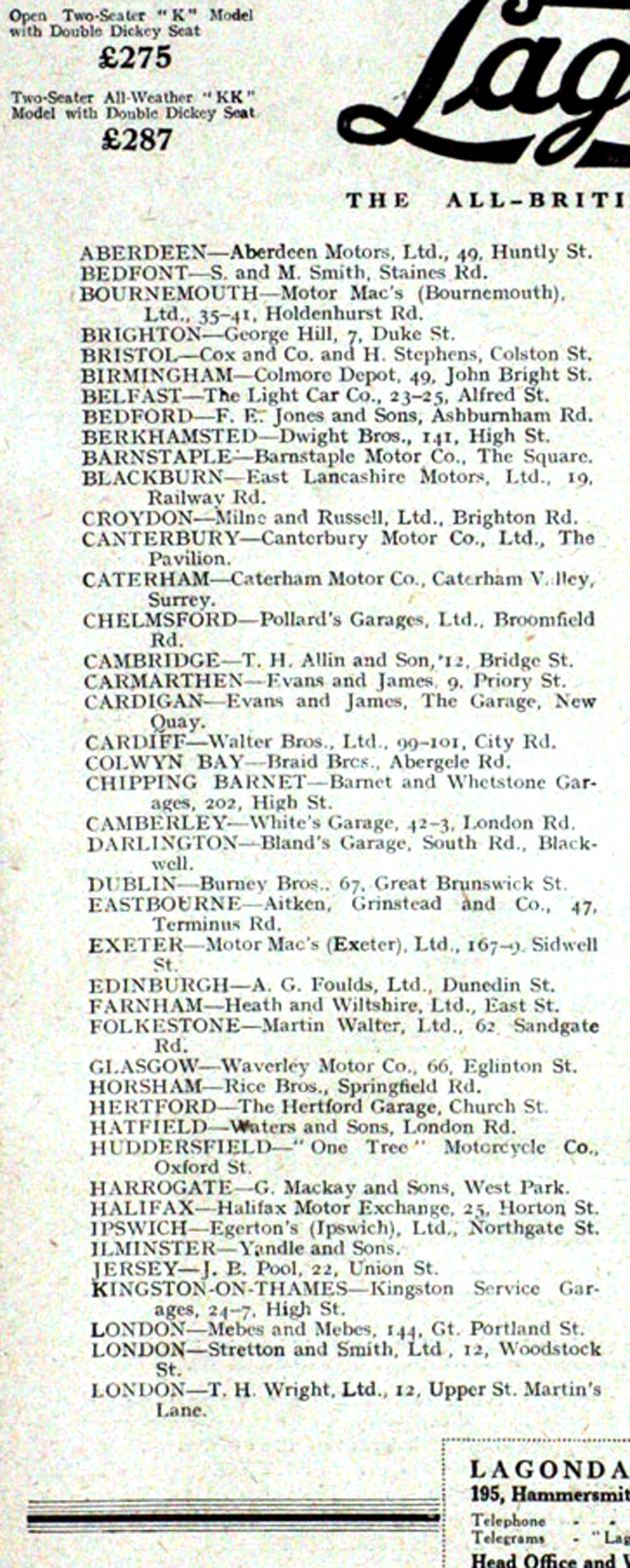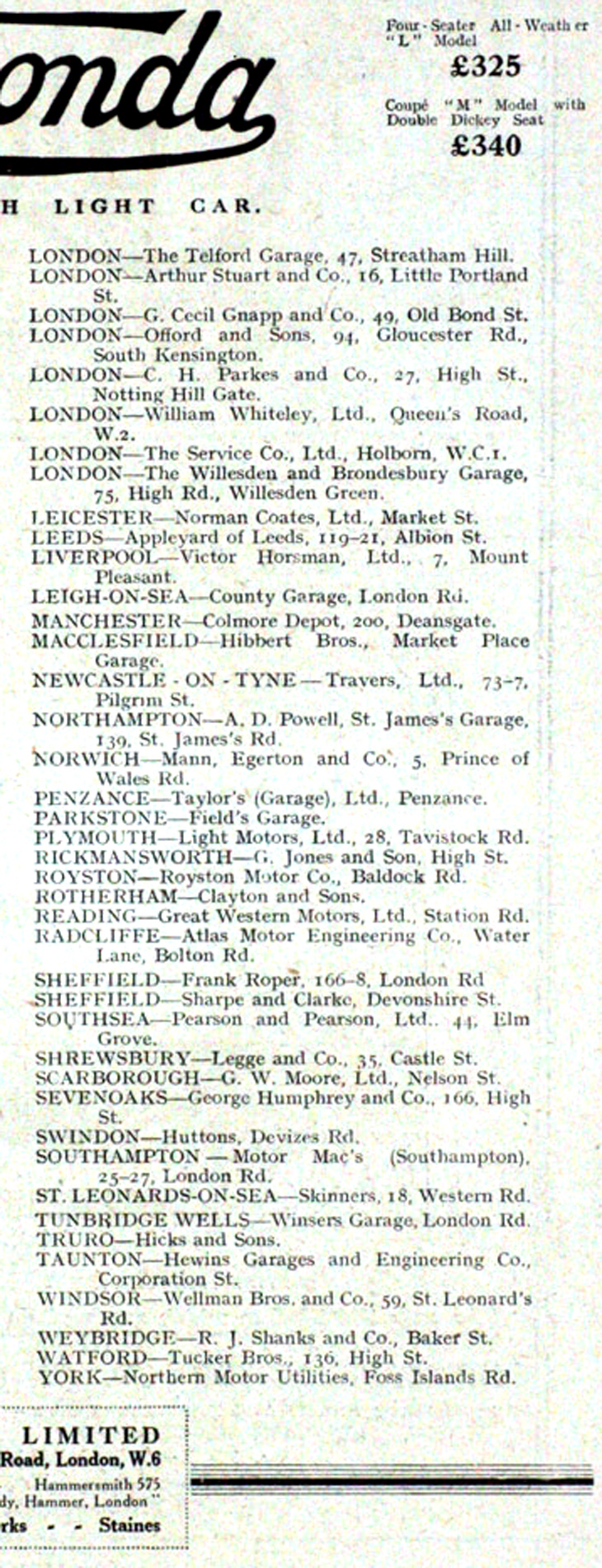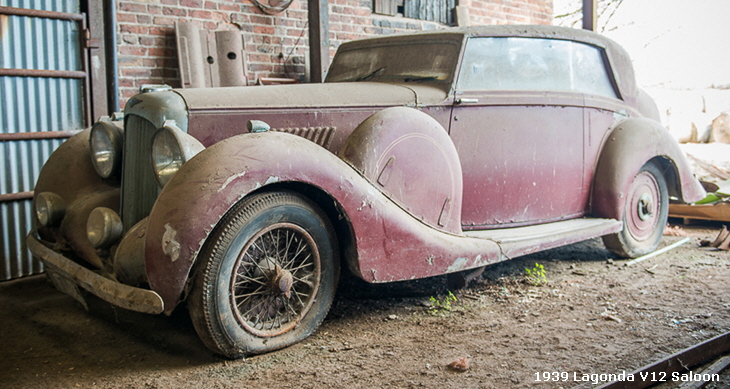 |
|
The Lagonda Models
Lagonda is a British car marque, founded as a company in 1906 in Staines, Middlesex by a former opera singer from Ohio named Wilbur Gunn (1859–1920). He named the company after a river near
the town of his birth Springfield, Ohio, United States. Wilbur Gunn had originally built motorcycles on a small scale in Staines with reasonable success including a win on the 1905 London—Edinburgh trial. In 1907 he
launched his first car, the 20-hp, 6-cylinder Torpedo, which he used to win the Moscow—St. Petersburg trial of 1910. This success produced a healthy order for exports to Russia which continued until 1914. In the
pre-war period Lagonda also made an advanced small car, the 11.1 with a four-cylinder 1000 cc engine, which featured an anti-roll bar and a rivetted monocoque body and the first ever fly-off handbrake. After World
War I, continued the 11.1 with a larger 1400-cc engine and standard electric lighting as the 11.9 until 1923 and the updated 12 until 1926. Following Wilbur Gunn's death in 1920.
The first of the company's sports models was launched in 1925 as the 14/60 with a twin-cam 1954-cc 4-cylinder engine and hemispherical combustion chambers. A higher output engine came in
1927 with the 2-litre Speed Model which could be had supercharged in 1930. A lengthened chassis version, the 16/65, with 6-cylinder 2.4-litre engine, was available from 1926 to 1930. The final car of the 1920s was
the 3-litre using a 2931-cc 6-cylinder engine. This continued until 1933 when the engine grew to 3181 cc and was also available with a complex 8-speed Maybach transmission as the Selector Special.
A new model for 1933 was the 16-80 using a 2-litre Crossley engine with pre-selector gearbox from 1934. A new small car, the Rapier came along in 1934 with 1104-cc engine and pre-selector
gearbox. This lasted until 1935 but more were made until 1938 by a separate company. At the other extreme was the near 100-mph, 4.5-litre M45 with Meadows-supplied 6-cylinder 4467-cc engine. An out and out sporting
version the M45R Rapide, with tuned M45 engine and a shorter chassis. Also in 1935 the 3-litre grew to a 3.5-litre.
|
|
 |
|
|
|
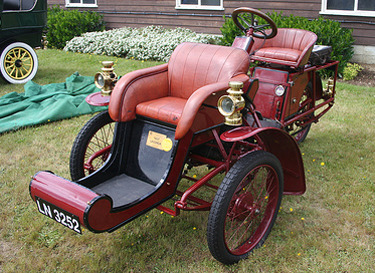
1907 Lagonda Tricar
Front three-quarter view of a dark red 1907 Lagonda Tricar with black detailing. It is running on three dark red wire wheels (single wheel at the rear)
|
|
 |
|
|
|
|
|
Wilbur A. Gunn (1859-1920)
A Motor Car Manufacturer and Employer was born 1859 in Springfield, Ohio the son of James Wynn Gunn, Wilbur Gunn, an
aspiring opera singer, lived in west central Ohio, and decided he might have better luck in this career in cosmopolitan Europe.
|
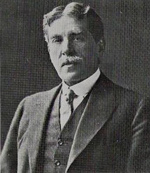
|
|
He emigrated to England and in 1891 had been engaged by the Carl Rosa Co for three years as a tenor. Married Constance Anne Grey in 1898. 1901 Listed as
an artist at a concert at Kensington Town Hall for the National Anti-Vivisection League. His musical aspirations were not achieved, so in 1904 he gave up on opera, and established the Lagonda Motor Cycle
Co., in Staines, Middlesex. In 1911, Living in Egham (age 50, US citizen), with his wife and their daughter. In 1920, Wilbur Gunn Died at Windsor.
|
|
|

